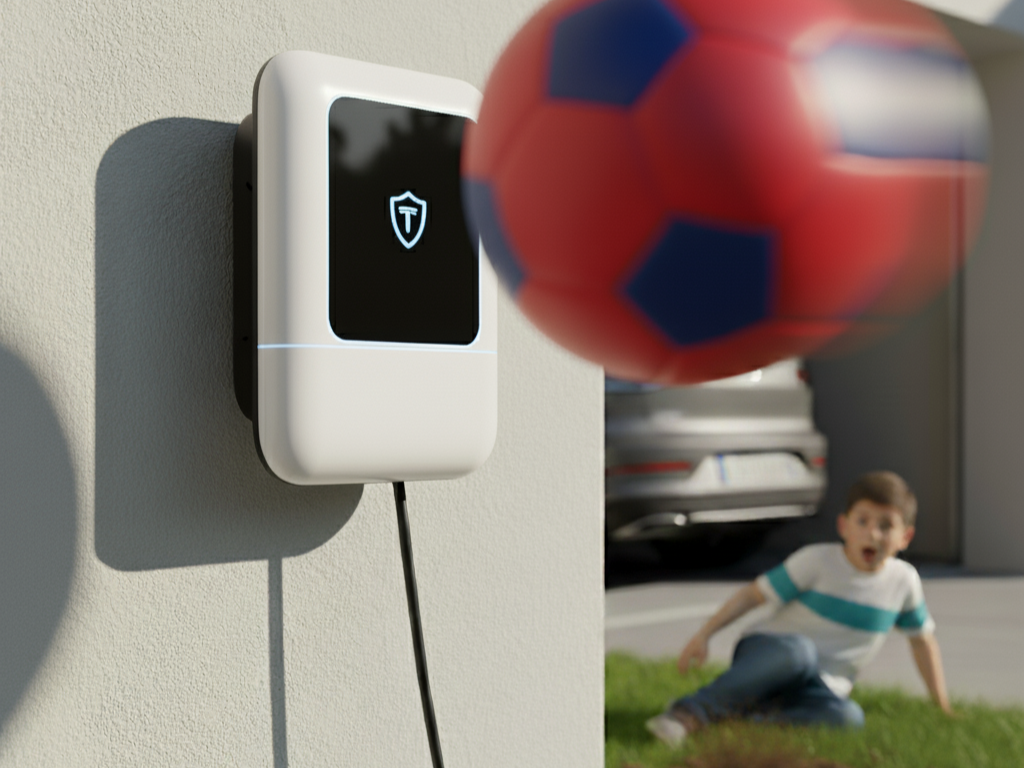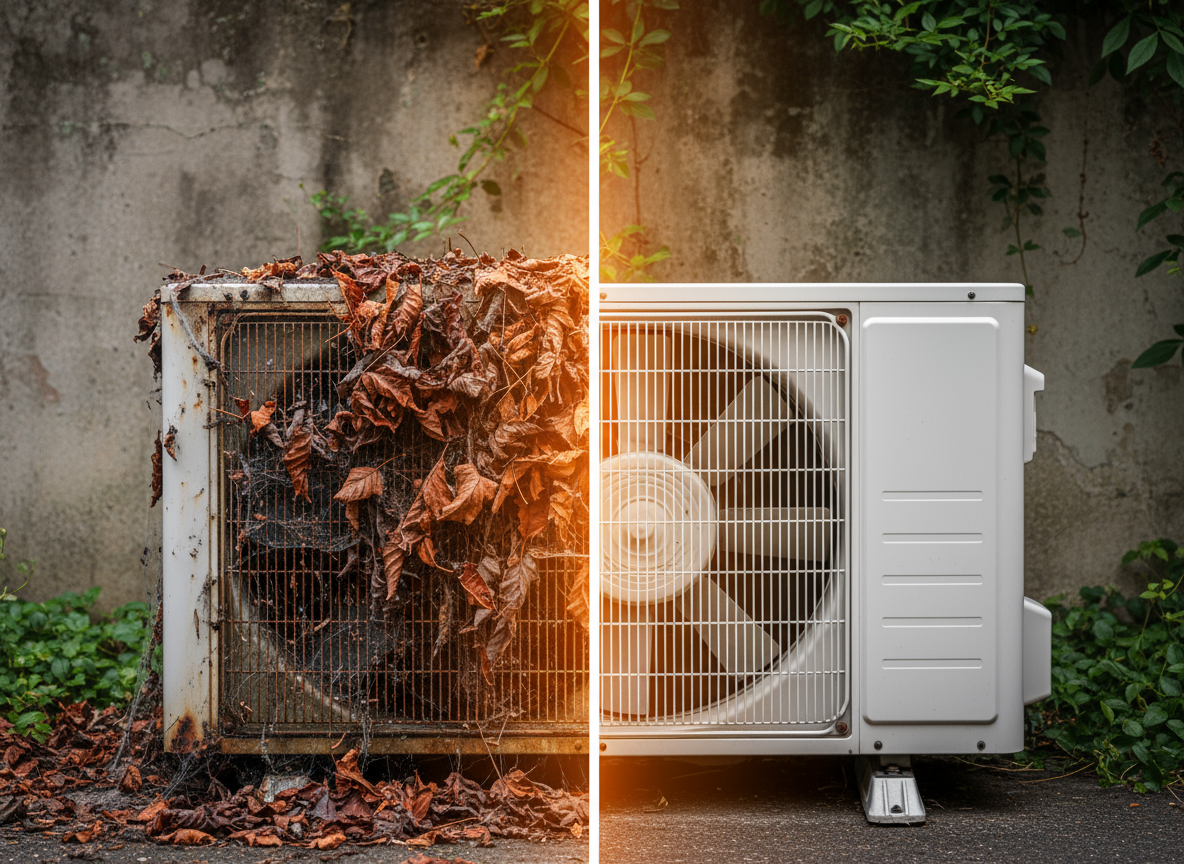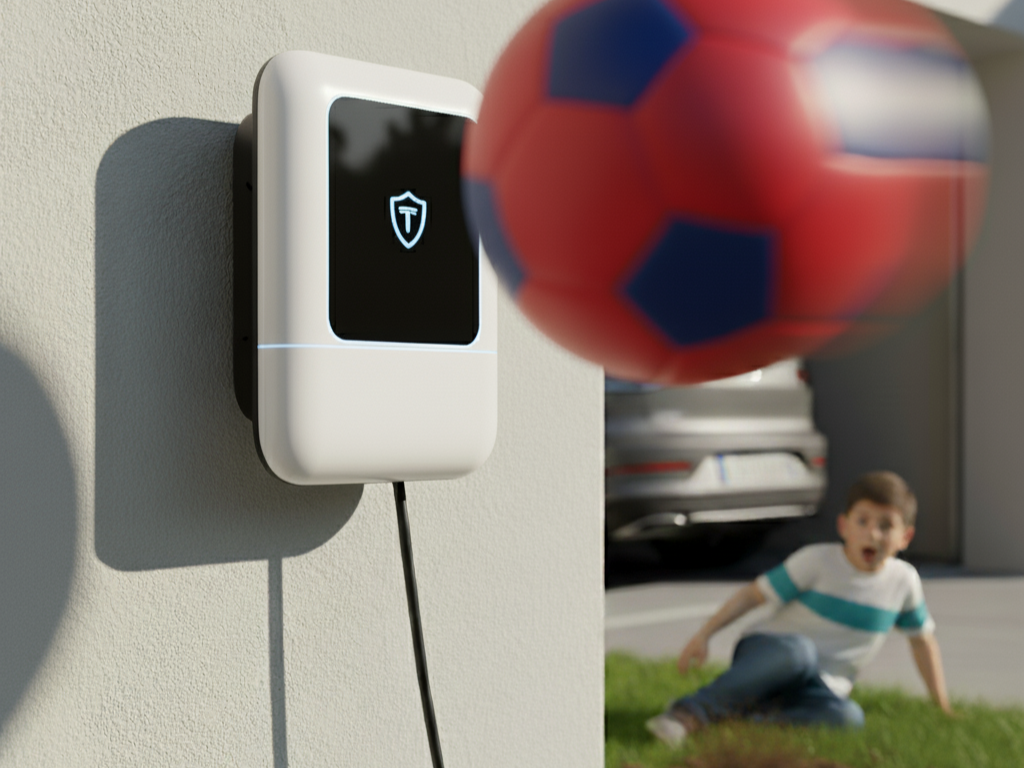Why does installing a wallbox require special attention?
Buying an electric car is only the first step. The real change begins when you bring charging home. A home wallbox is no longer an optional accessory: it’s the key to charging quickly, safely, and smartly. But beware: a poorly installed wallbox can turn from an ally into a problem — with wasted energy, safety risks, and unexpected extra costs.
According to the International Energy Agency, the number of home and workplace charging points will grow exponentially in the coming years. This means millions of people worldwide are facing — or will soon face — the same challenge: installing a wallbox correctly to ensure efficiency and long-term durability.
Too many drivers make basic mistakes at installation: undersized cables, poor positioning, lack of protection from rain or sun. Errors that can compromise not only system functionality but also the safety of the home and the vehicle.

Mistake 1: Not correctly assessing the available electrical power
One of the most common mistakes when installing a wallbox is assuming the existing electrical system is sufficient. The reality is that not all homes or businesses have the capacity to handle EV charging without overload risks. Ignoring this can lead to repeated power cuts, higher bills, and even damage to electrical components.
Difference between slow, fast, and ultra-fast charging
To understand how much power you need, distinguish between the types of charging:
- Slow charging (up to 3.7 kW): suitable for those who drive few kilometres per day and can charge fully overnight.
- Fast charging (7.4 – 11 kW): ideal for most homes and medium mileage, as explained by Motus-E, a key association for e-mobility.
- Ultra-fast charging (22 kW and above): requires three-phase systems and often major changes to the electrical infrastructure. More common in business or public contexts, as reported by the IEA.
How to calculate your EV’s energy needs
Every vehicle has different requirements, and the first step is always checking battery capacity. A car with a 60 kWh battery, for example, needs about 8 hours for a full charge with a 7.4 kW wallbox. Those who drive only 40–50 km per day can often get by with slow charging without high power levels.
👉 The golden rule is simple: never underestimate the available power. An initial check with a qualified installer will prevent nasty surprises and ensure optimal charging for years.

Mistake 2: Installing the wallbox in an unsuitable location
A wallbox is designed to last years — but only if installed in the right place. Too often it’s fitted in awkward corners, directly exposed to sun, or left without protection against rain and accidental impacts. The result?
- Premature wear,
- performance drops, and
- a system that needs constant maintenance.
Risks of rain, direct sun, and accidental impacts
Environmental conditions are silent enemies of charging infrastructure:
- Continuous rain exposure can cause moisture in cables and connectors, reducing reliability.
- Direct sunlight accelerates aging of plastics and can even damage internal electronics, as highlighted by NREL – National Renewable Energy Laboratory.
- In narrow garages or outdoor parking, the wallbox risks accidental bumps from cars or bikes, damaging cables and connectors.

Solutions: protective covers and dedicated supports
The fix isn’t complicated: plan for weatherproof covers and robust supports. Products like those from Box Air Klima show clearly how protecting the wallbox increases durability and reduces maintenance. Likewise, using dedicated supports (wall-mounted or freestanding) allows safer, more ergonomic placement, preventing impact damage and ensuring better cable management.
👉 In short: location is everything. A well-protected wallbox not only lasts longer, it also makes the charging experience safer and more convenient — at home and at work.

Mistake 3: Neglecting electrical safety and regulations
Installing a wallbox is not just plugging in a cable. Safe charging depends on standards, certifications, and protective devices that must not be ignored. Many drivers and businesses underestimate these aspects, risking system safety and voiding manufacturer warranties.
Legal obligations and necessary certifications
Charging stations must meet clear safety standards. Internationally, the reference guidelines are those defined by the IEC (International Electrotechnical Commission), while in Europe the technical standards are developed by CENELEC. Following these standards ensures that the wallbox is safe not only for the vehicle but also for the entire home or business system. Ignoring regulations is not a minor detail: it may entail legal liability in case of accidents or faults.
The importance of RCDs and overcurrent/overvoltage protection
A wallbox without proper protective systems is a constant risk. Essential devices include:
- Residual current device (RCD): protects against leakage currents and electric shock.
- Surge protection devices (SPD): prevent damage to electronic circuits from spikes or lightning.
- MCB/thermal-magnetic circuit breaker: prevents overloads and short circuits.
If installed correctly, these systems ensure safe, compliant charging. As the NREL – National Renewable Energy Laboratory also underlines, electrical safety is the foundation of any reliable charging infrastructure.
👉 The rule is clear: never neglect safety. A certified, protected wallbox is not only a legal requirement, but also peace of mind for EV drivers.

Mistake 4: Not planning for future expansion
Many users install the wallbox thinking only about immediate needs. But e-mobility evolves fast: what’s enough for one car today may not be tomorrow. Failing to consider future expansion can turn into extra costs and unexpected upgrades.
Increasing power for more than one EV
More and more families and businesses manage two or more electric vehicles. In such cases, a single undersized wallbox isn’t practical: you risk overly long charging times and complicated charging schedules. According to the International Energy Agency, by 2030 the number of EVs could surpass 200 million globally, making multi-point infrastructure increasingly common.
That’s why it’s useful to plan today for scalable solutions, with systems capable of supporting higher power and additional wallboxes without rebuilding the entire electrical infrastructure.

Compatibility with smart grids and photovoltaics
Another common mistake is ignoring the possibility of integrating the wallbox with smart grids or with renewable energy systems. Connecting charging to solar reduces energy costs and environmental impact. As explained by ENEA, smart charging is one of the keys to making the most of locally produced energy and optimising household consumption.
Advanced vehicle-to-grid (V2G) solutions already exist, allowing not only charging but also feeding energy back into the grid when needed. Preparing for this evolution means having a system that’s future-ready, without paying twice.
👉 In short: think big from the start. Designing a wallbox with a long-term view will save time and money, ensuring a system ready for more cars, more energy, and new technologies.

Mistake 5: DIY installation without a qualified technician
Perhaps the most serious mistake? Thinking that installing a wallbox is a do-it-yourself job. Unlike a simple socket, a charging station requires technical skills, knowledge of standards, and the right tools. An improvised installation isn’t just inefficient — it can be dangerous.
Dangers of uncertified systems
A wallbox installed without the right expertise can lead to:
- Short circuits that damage the vehicle and the home system,
- Overloads causing frequent blackouts or abnormal energy use,
- Loss of warranty on the device, since many manufacturers require certified installation,
- Safety risks, including electric shock and fire.
As emphasised by the U.S. Department of Energy (DOE), charging infrastructure must be designed and installed by professionals to ensure reliability and compliance with safety standards.

Why rely on an authorised installer
Relying on a qualified technician means:
- Receiving an installation compliant with international IEC standards,
- Ensuring the wallbox is safely connected to the existing electrical system,
- Obtaining the system certification, essential for legal and insurance reasons,
- Having a charging point optimised for your consumption and available power.
👉 In short: don’t improvise. A wallbox installed by a professional is synonymous with efficiency, durability, and safety. DIY may look like a shortcut, but in the long run it almost always means higher costs and greater risks.

FAQ: installing, securing and protecting your wallbox
Questions about power, placement, protection and accessories? Open the items below: you’ll find authoritative references and practical tips to avoid costly mistakes.
1) How much power do you really need for home charging?
It depends on battery size, usage habits and your utility contract. For home use, many users find a good balance with 7.4 kW (single-phase) or 11 kW (three-phase); above 22 kW you’re typically outside residential scenarios.
Technical basics on charging profiles and infrastructure: IEA – Global EV Outlook and the DOE AFDC overview.
2) Can I mount the wallbox outdoors without a cover?
Yes, if the hardware is outdoor-rated; however, shielding from rain, sun and impacts prolongs component life and reduces maintenance.
Consider protective covers and dedicated stands: Box Air Klima – Supports & Covers.
General guidance on environmental impacts on EVSE: NREL.
3) Where is the ideal place to install it?
Close to the parking spot, with tidy cable management, at a comfortable height (roughly chest–waist), and away from impact zones/obstacles. Avoid direct sun exposure and water run-off.
For mechanical protection and cable order: dedicated supports and covers.
4) Do I need an RCD and other protective devices?
5) How long does a typical charge take?
Very roughly: battery capacity (kWh) ÷ wallbox power (kW) ≈ hours. Example: 60 kWh ÷ 7.4 kW ≈ 8 hours. Times vary with state of charge, temperatures and vehicle limits.
More factors and fundamentals: IEA.
6) DIY or hire a professional?
7) How do I prepare for two (or more) EVs?
Plan for scalability from day one: a properly sized dedicated line, dynamic load management and space for a second EVSE. Consider PV integration and flexible tariffs.
Trends and multi-EV scenarios: IEA – EV Charging.
8) What are the benefits of integrating photovoltaics?
Higher self-consumption, lower energy costs and a smaller carbon footprint. With smart scheduling you charge when there’s generation or when grid prices are lower.
More on renewables + smart charging: NREL.
9) How do I physically protect cables and connectors?
Use dedicated supports to wind the cable and a protective cover to shield the wallbox from rain and UV: better order, safety and less wear.
Dedicated solutions: Box Air Klima – Supports & Covers.
10) Which mistakes should I absolutely avoid?
- Underestimating the available power (contract and wiring),
- Installing in exposed locations without protection,
- Neglecting RCD/SPD/circuit breakers,
- Failing to plan for expansion (second EV, load management),
- DIY instead of a qualified installer.
For an overview of trends and best practices: IEA – Global EV Outlook.






